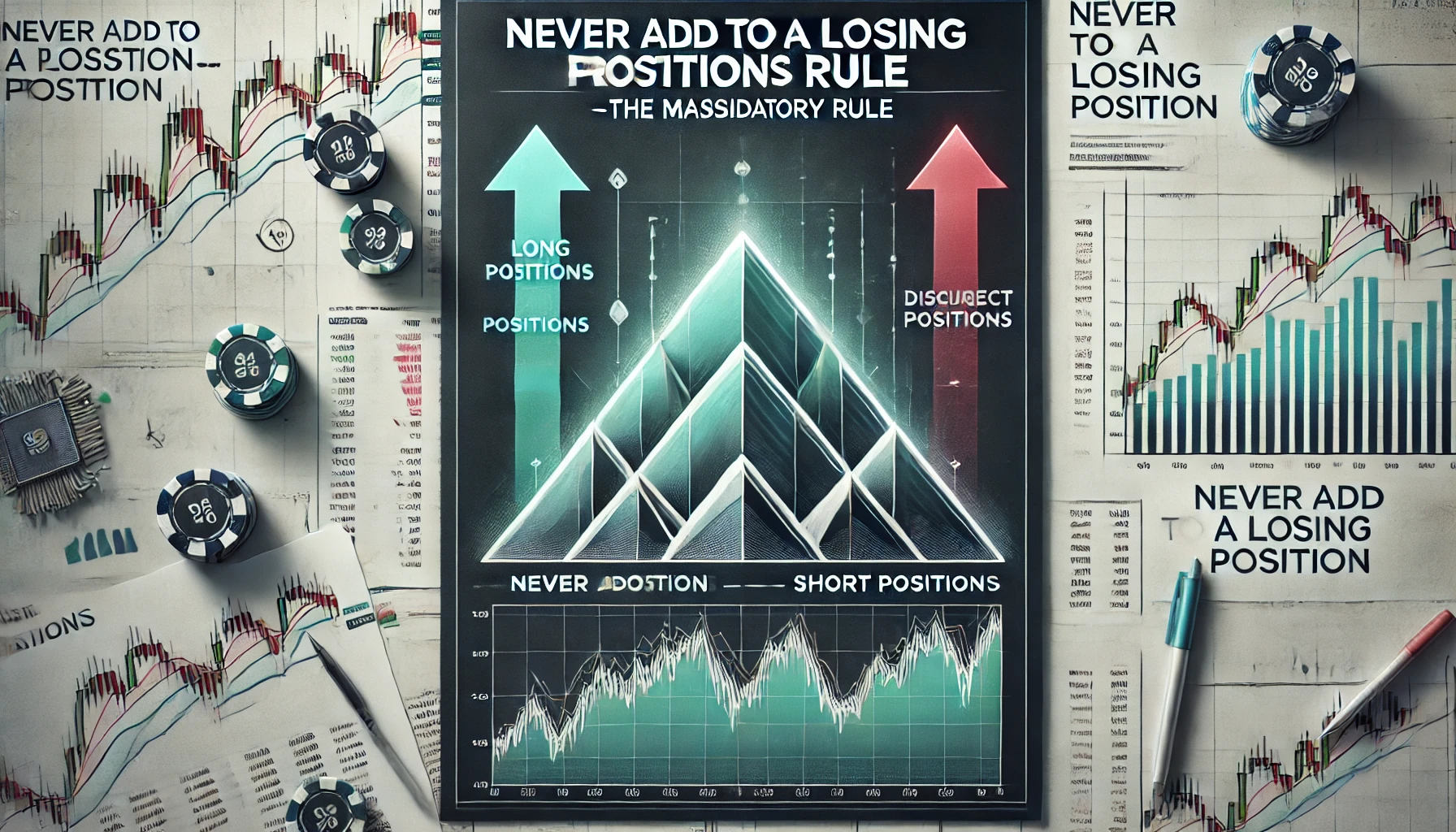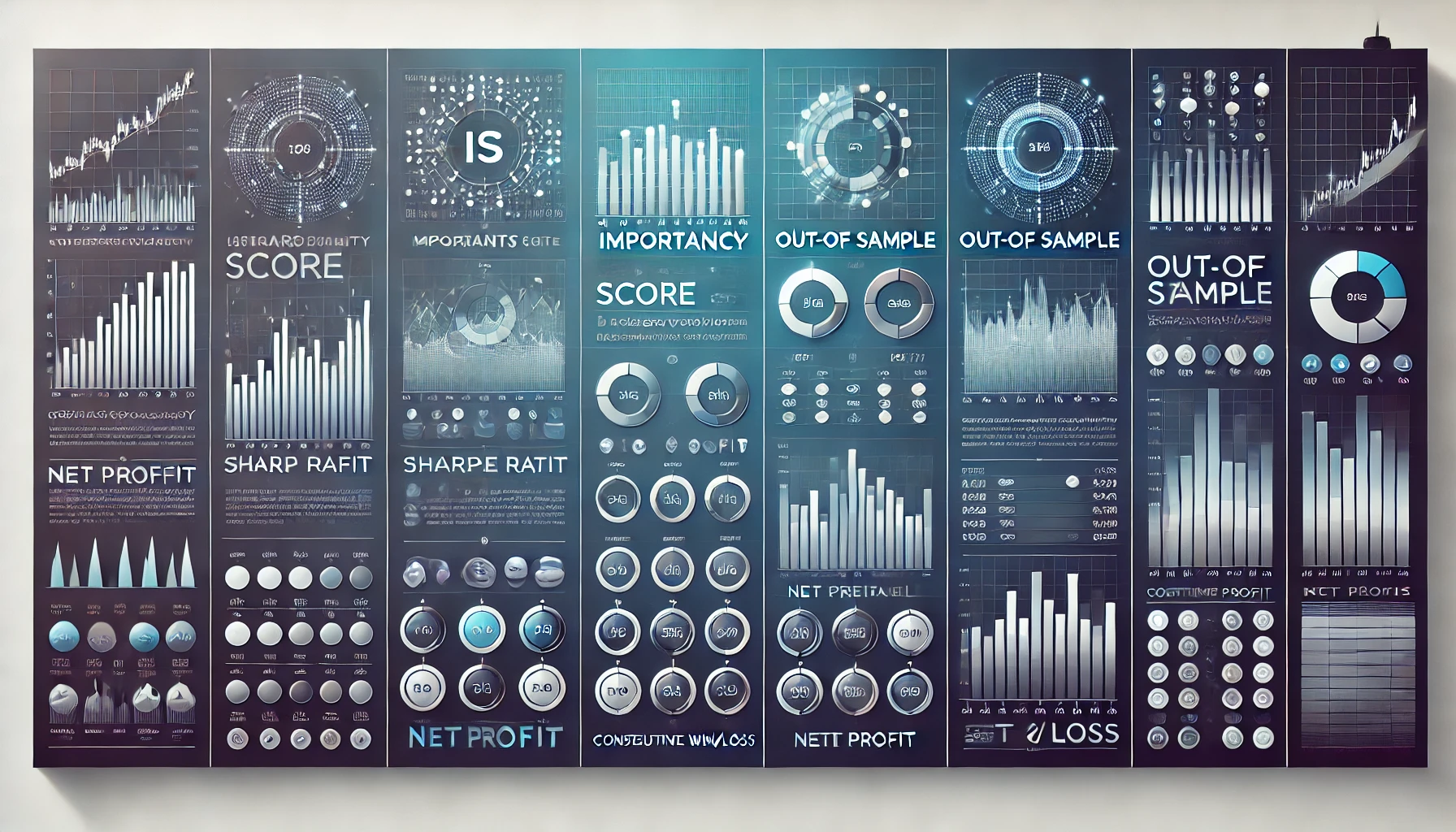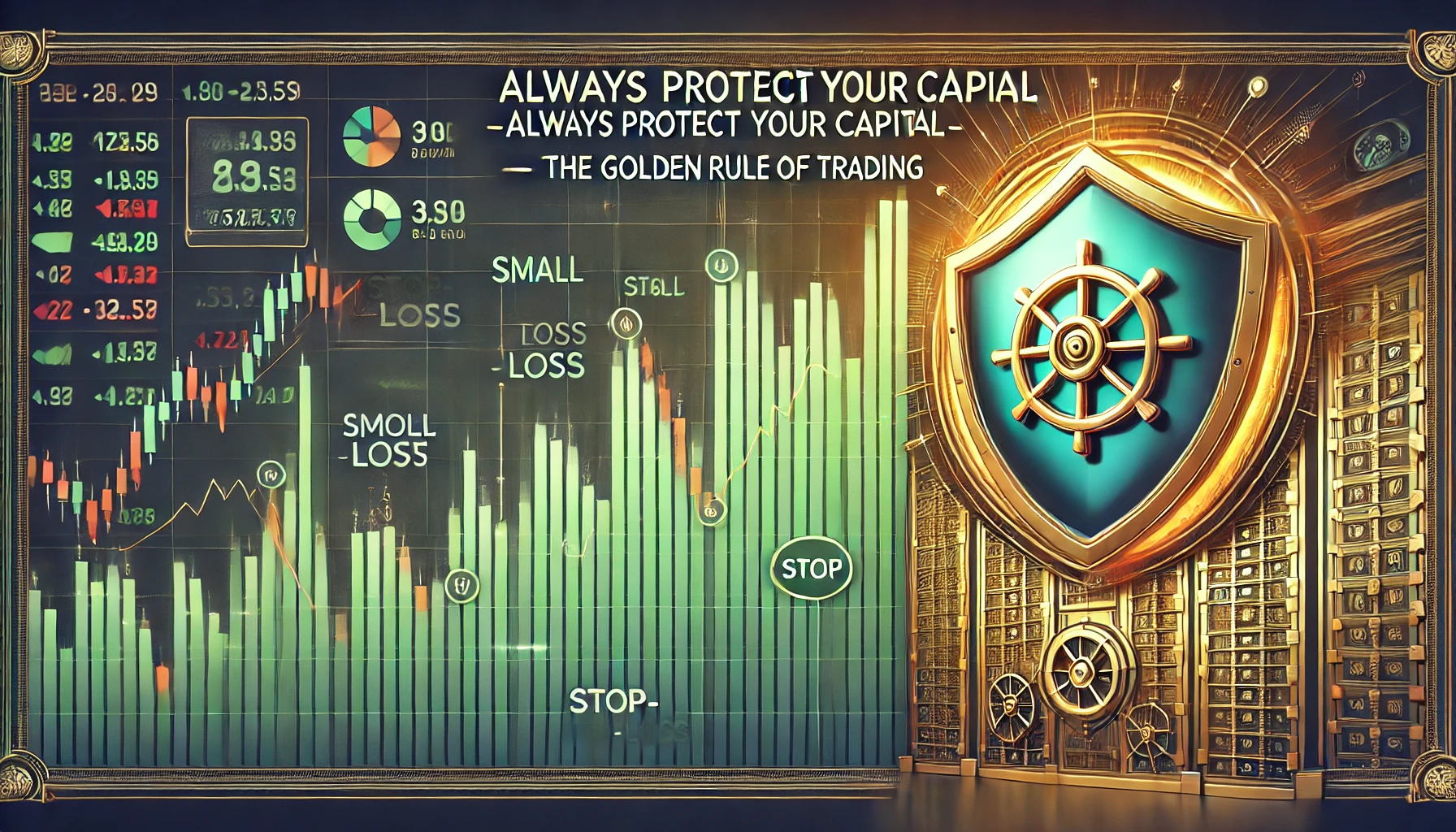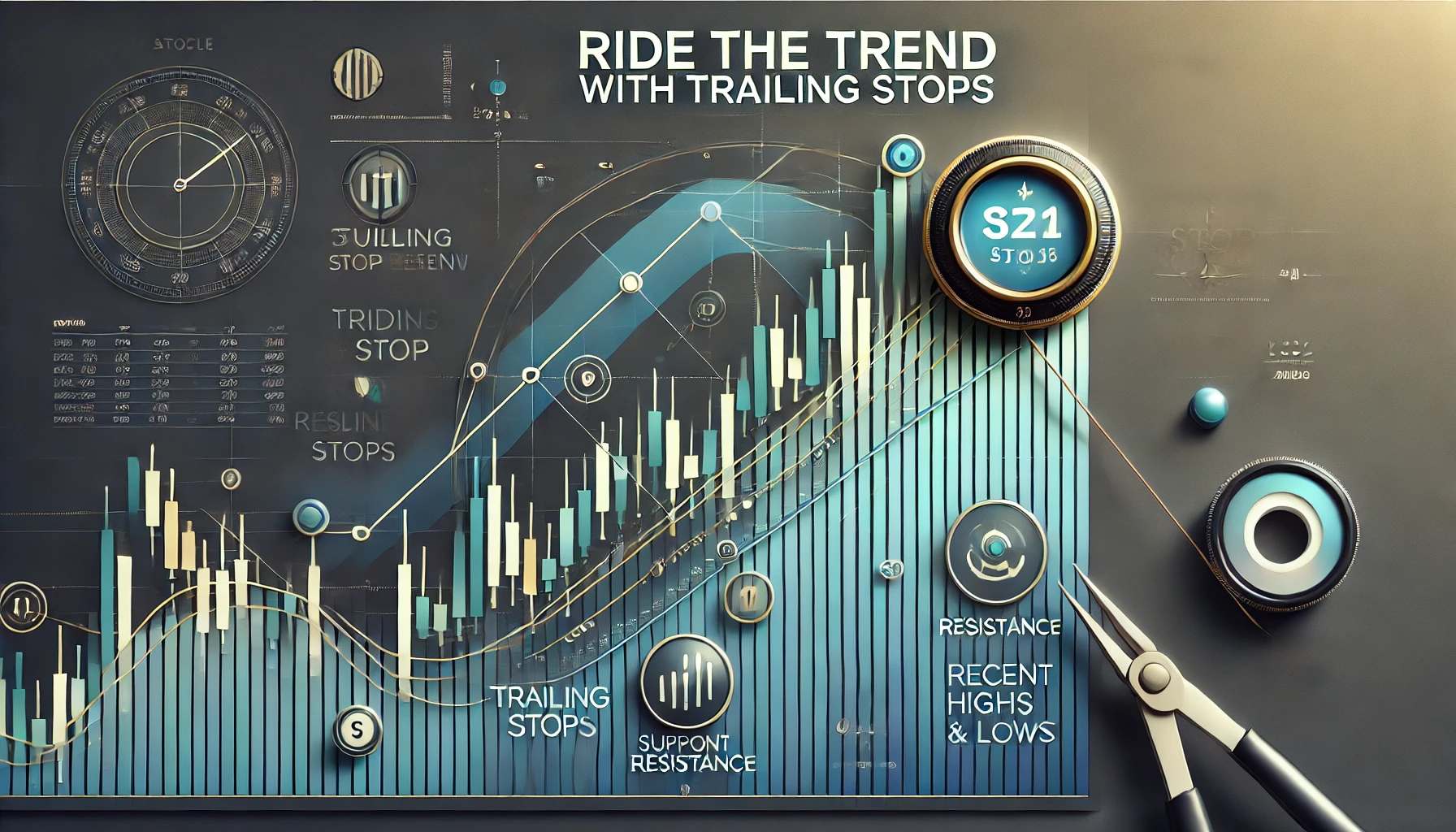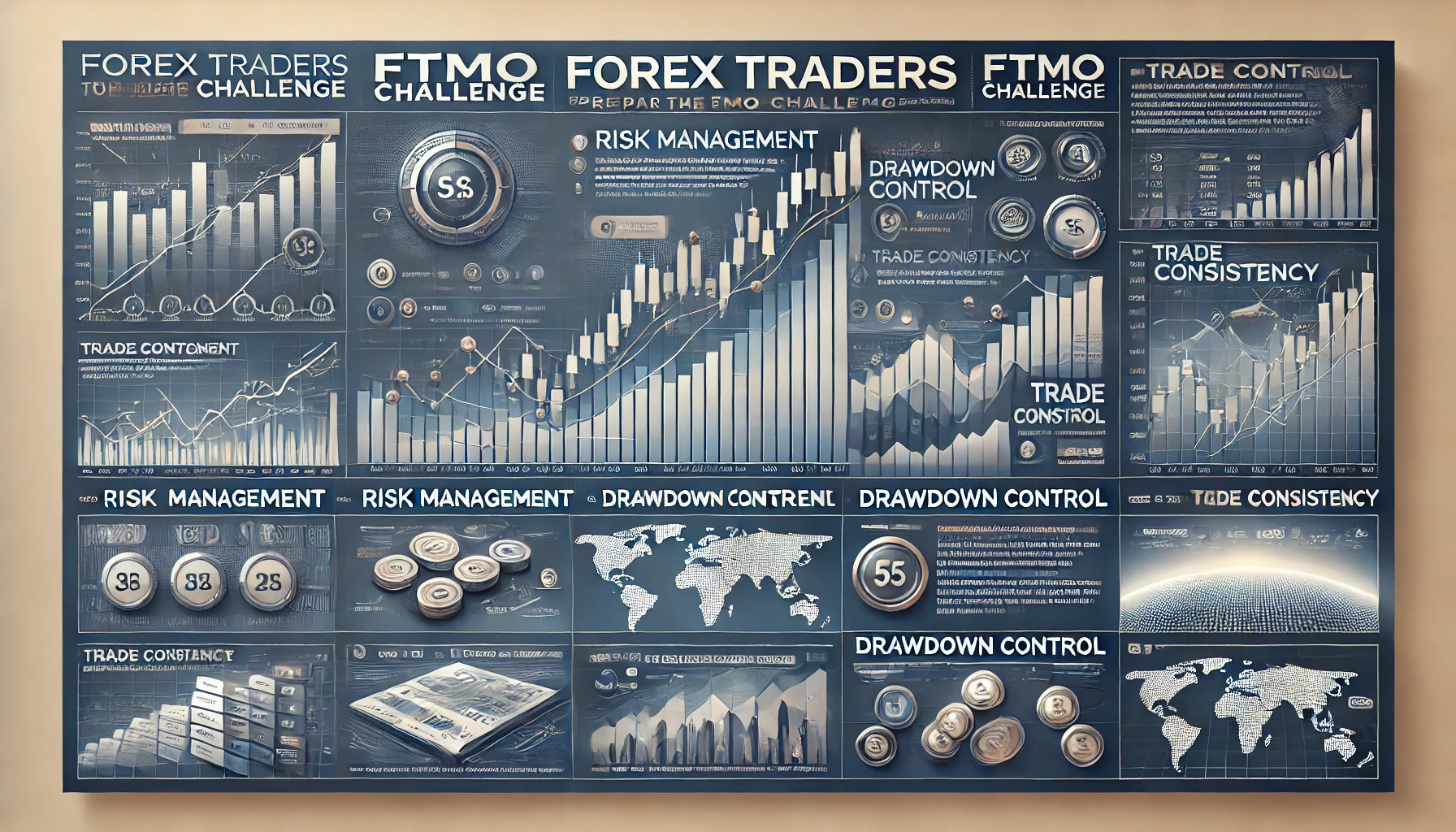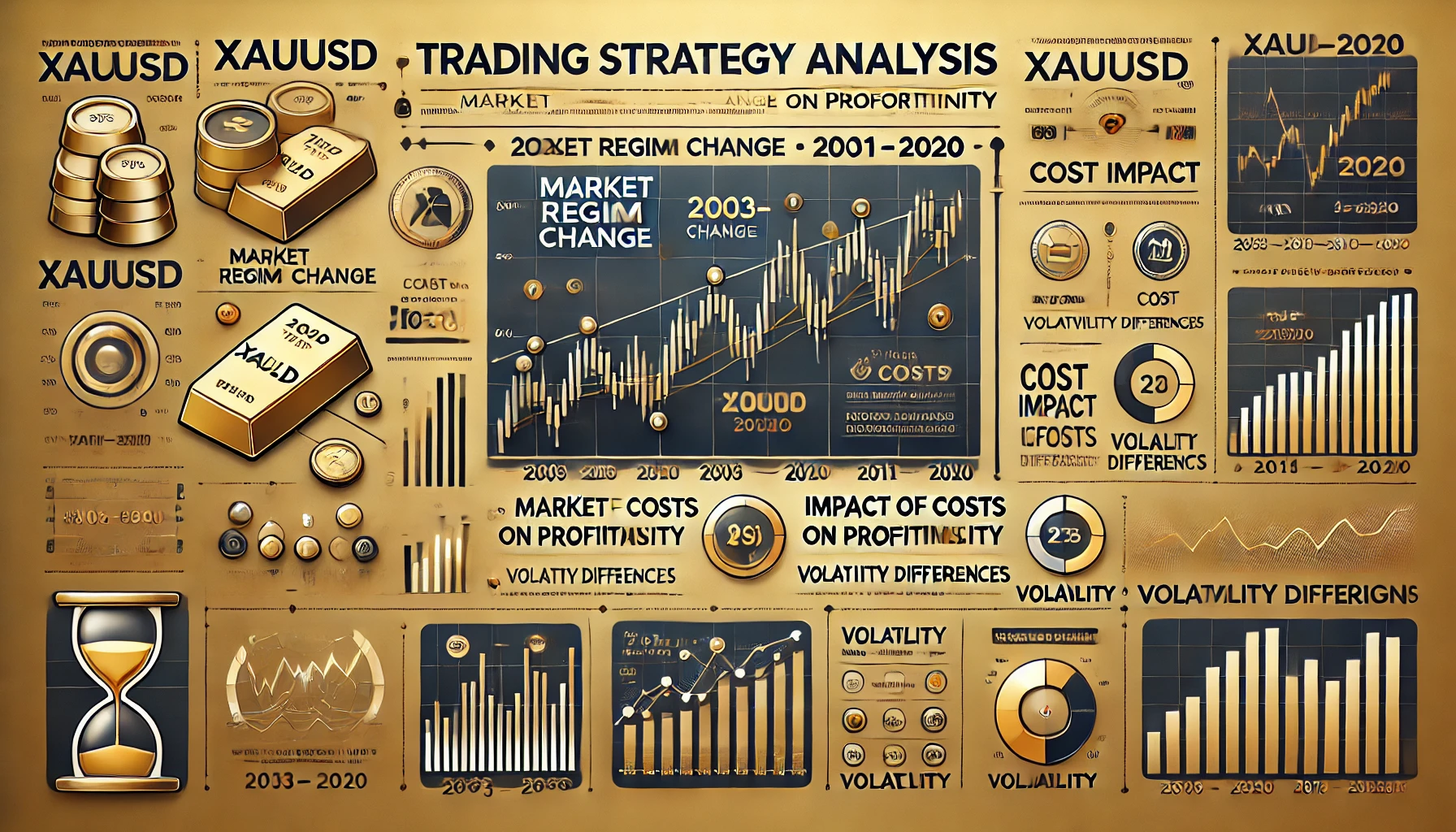()
Countries in the GMT+2 or GMT+3 time zones that are relatively closer to London or New York include:
GMT+2:
- Central European countries:
- Greece
- Bulgaria
- Cyprus
- Romania
- Finland (most parts)
- Africa:
- Egypt
- South Africa (during daylight saving)
GMT+3:
- Eastern Europe and West Asia:
- Turkey
- Belarus
- Russia (western parts like Moscow)
my forex’s broker placed a server in London and New York and Trading platform time is the time that the MetaTrader 4 or MetaTrader 5 platform charts and data are set in. VT Markets trading server time is set to GMT+2 OR GMT+3 depending on the daylight savings.
From your description and the provided screenshot, VT Markets adjusts the trading platform’s time to GMT+2 or GMT+3 depending on daylight savings.
To align the SQX data history and ensure accurate matching with VT Markets’ server time, you should use the following:
- GMT+2 (European DST: Yes) when daylight savings is active.
- GMT+3 (European DST: Yes) during the period when daylight savings is not active.
Why?
VT Markets follows the same logic as European Daylight Saving Time, where:
- GMT+2 is used during Standard Time (winter months).
- GMT+3 is used during Daylight Saving Time (summer months).
If your trading platform automatically adjusts for DST, selecting an option labeled European DST: Yes ensures the SQX data history aligns perfectly with the broker’s trading server time.
and this’s info from IC Market; “To align the daily chart candles with New York close (5pm ET), IC Markets Global’s server time and charts are GMT+2 or GMT+3 when daylight saving is in effect. The table below outlines the dates on which the server time is changed to reflect daylight savings each year. ” does it same VT Market ?
Yes, IC Markets Global’s server time setup is the same as VT Markets in this case. Both brokers align their trading platforms with New York close (5 PM ET) and use:
- GMT+2 during Standard Time (winter).
- GMT+3 during Daylight Saving Time (summer).
This means their trading platform times adjust to follow Eastern Time (ET) daylight saving changes.
Why do brokers use this setup?
This configuration ensures that daily candles on platforms like MetaTrader 4/5 reflect a full 24-hour trading day, starting and ending at 5 PM New York time, which is the standard close for the forex trading day globally.
Conclusion:
Yes, IC Markets and VT Markets share the same time setup for trading platforms. If you’re configuring SQX data history for IC Markets or VT Markets, you should use GMT+2 or GMT+3, depending on the daylight saving period, as you would for both brokers.
i use EET timezone its oki ?
Yes, using EET (Eastern European Time) is perfectly fine because:
- EET corresponds to GMT+2 during Standard Time (winter months) and GMT+3 during Daylight Saving Time (summer months).
- This matches the server times used by both VT Markets and IC Markets, as they align their platforms to New York close (5 PM ET).
Key Points:
- EET = GMT+2 in Standard Time (winter).
- EET = GMT+3 in Daylight Saving Time (summer).
By using EET, your time zone configuration will be synced with the brokers’ server times, ensuring your trading data, daily candles, and SQX history are correctly aligned.
